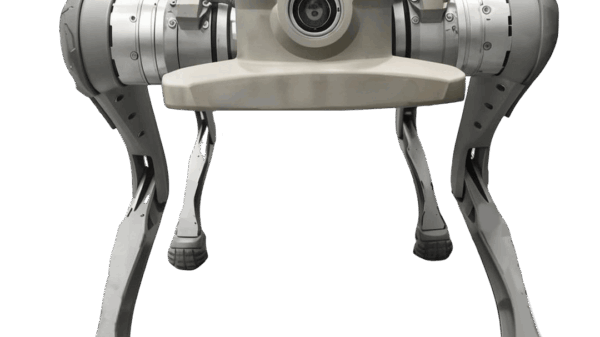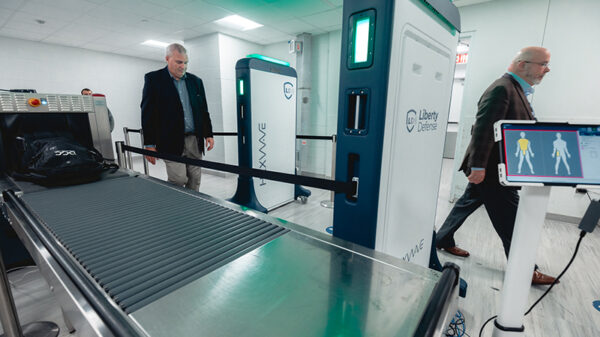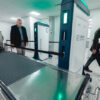Liberty Defense Holdings (TSXV:SCAN) (OTCQB:LDDFF) is performing beta-testing for its HEXWAVE walkthrough security detection portal at Toronto’s Pearson International Airport.
The beta-testing phase for the security detection portal started November 1, 2022 and will continue for two weeks. Pearson is in Mississauga, Ontario, which is west of Toronto. It’s Canada’s second largest airport, the sixth most connected airport in the world, and the second most connected airport in North America.
“The HEXWAVE’s ability to act as an additional layer of security at airports, extending the perimeter of the secured area to include the entrance to the airport itself, is an advantage. We are thrilled to be working with the GTAA as it continues to take an innovative and forward-looking approach to security and customer experience,” said Bill Frain, CEO of Liberty Defense.
Liberty Defense provides security detection solutions for finding concealed weapons in high volume foot traffic areas like airports, stadiums, schools and other places. Its product is Hexwave. It’s a screening portal that customers can walk through. It uses 3D radar imaging and artificial intelligence tech to detect and identify both metal and non-metal concealed weapons and other threats. Once detected, security operators are given a discrete real-time and automatic go/no-go decision. There’s no longer any need to remove keys, cellphones or anything else from your pockets as you pass through the system.
Read more: The Mugglehead technology roundup: assorted gems edition
Read more: The Mugglehead technology roundup: security and defence edition
The future of security detection
The system also protects the privacy of the user by not personalizing image data, and images can never be seen by an operator. What the operator gets is real-time readout about the threat type and location as people pass through the arch. The Hexwave system has received an exclusive license from Massachusetts Institute of Technology (MIT) to use it, as well as a technology transfer agreement for patients related to active 3D radar imaging tech.
“The GTAA prioritizes security and keeping ahead of the latest threats. At the same time, we value passenger and staff experience and look to next-generation technology to be able to balance both considerations. We look forward to trialing HEXWAVE and its potential to enhance safety at Toronto Pearson,” said Dwayne Macintosh, director of corporate safety and security for the GTAA.
Pearson is the first Canadian airport to try out the Hexwave walkthrough security detection portal. The airport is going to try the system in different areas of the airport by doing voluntary screening in an employee area and a location at the perimeter of the airport, including an entrance from the terminal parking garage. The company will use the beta site to further test and tweak the system and its algorithms.
While Pearson might be the first Canadian airport to host the Hexwave system, it’s not the first location period. Liberty’s beta trial locations also include onsite testing with a major US airport, a top US airline, a Major League Baseball stadium, and the Transportation Security Administration (TSA). All of these are presently evaluating Hexwave for potential expansion.












